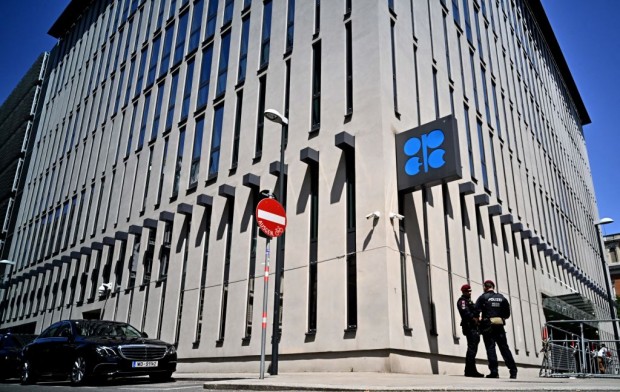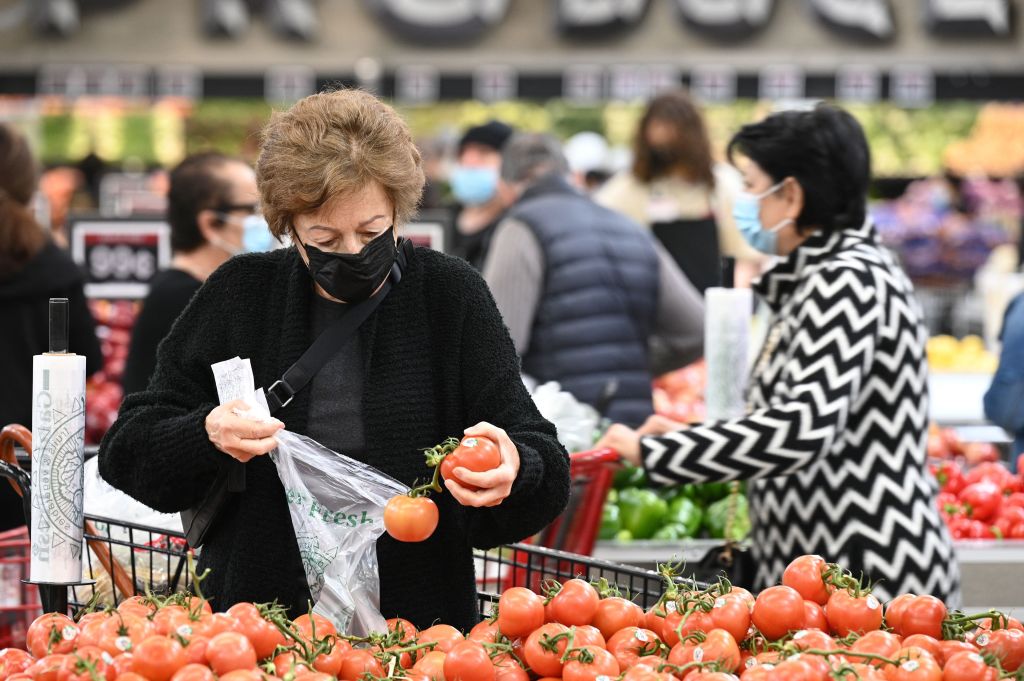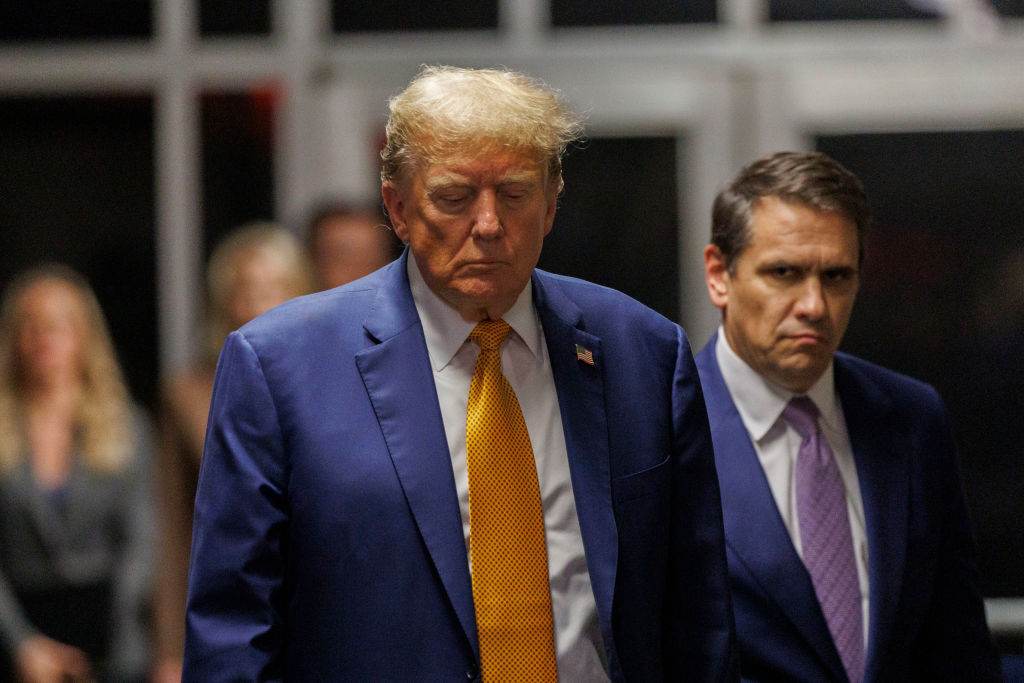Oil Markets Brace for Impact as OPEC+ Announces Production Cuts
The OPEC oil cartel, led by Saudi Arabia and allied producers like Russia, took another huge go at supporting lagging crude prices on Thursday, extending some supply restrictions into next year and pulling in up-and-coming oil provider Brazil.
Lower oil prices have been beneficial to American motorists, who have been able to fill their gas tanks for less money in recent months.

(Photo : by JOE KLAMAR/AFP via Getty Images)
The OPEC oil cartel, led by Saudi Arabia and allied producers like Russia, took another huge go at supporting lagging crude prices on Thursday, extending some supply restrictions into next year and pulling in up-and-coming oil provider Brazil.
However, it is poor news for OPEC+ nations, whose oil money helps their economy and who have encountered hurdles in driving prices higher despite initial concerns that the Israel-Hamas conflict would disrupt oil shipments.
Challenges and Market Response
The OPEC+ oil ministers agreed to more than 2 million barrels per day in voluntary cuts through the first three months of next year. They announced that Brazil would join the bloc in January, bringing one of the world's fastest-growing oil producers into an alliance aimed at reducing global supply.
However, since October 2022, substantial cuts by OPEC+ and individual member nations have not resulted in long-term adjustments in oil prices because of fears about too much petroleum moving in a deteriorating global economy, which might impact on the need for oil for travel and industry.
The market even brushed off the latest move, despite the fact that it accounts for around 2% of world supplies.
According to Jorge Leon, senior vice president of oil market research at Rystad Energy, it was a "bittersweet" meeting for OPEC+ since Saudi Arabia couldn't persuade the entire group to agree to production cutbacks.
The market was also disappointed, since it "was likely expecting a deal covering the first half of next year," he added.
Read Also: JPMorgan Acquires Significant Stake in Spanish Defense Contractor Indra
Saudi Arabia's Deeper Voluntary Cutbacks and Economic Objectives
Saudi Arabia led the deeper voluntary cutbacks on Thursday, extending its 1 million barrel per day reduction through March. It was followed by Russia, which is reducing 500,000 barrels per day of crude and processed oil products, and then lesser cuts by Iraq, the United Arab Emirates, Kuwait, Kazakhstan, Algeria, and Oman.
According to the latest International Monetary Fund assessment, Russia wants higher oil prices to enhance the main method it fills its war fund against Ukraine, while the Saudis need roughly $86 per barrel to reach their projected expenditure targets.
Saudi Arabia is attempting to fund an ambitious economic makeover in order to lessen the kingdom's reliance on oil and generate jobs for its youthful population.
However, the international standard Brent oil has been trading in the low- to mid-$80 area in recent weeks, and it sank more than 2% to $80.91 per barrel following the meeting. US crude fell 2.5% to $75.90 a barrel.
According to Leon, the additional cutbacks are projected to keep oil prices in the same range of $80 to $85 per barrel for the first half of the year.
Impact of Lower Oil Prices on US Gas Prices and OPEC+ Influence
Lower oil prices have allowed US gas prices to decline or remain stable since September 19, according to AAA. According to the motor club, gas is averaging just about $3.25 per gallon, down roughly 7% from a month ago.
However, this is still greater than when President Joe Biden took office in January 2021, when gas prices were around $2.40 per gallon. High inflation has been a political concern for Biden as he prepares for the 2024 presidential race, prompting him to declare this week that measures to enhance supply chains and minimize pricing pressures are a priority.
As OPEC+ cuts back, US oil output has reached new highs, with producers outside the club set to continue leading global expansion in oil supply next year, according to the International Energy Agency.
According to the most recent monthly numbers from the United States, daily output averaged 13 million barrels per day in August, an increase of more than 1 million barrels from the previous year, according to the U.S. Energy Information Administration .
As other nations increase their output, the possibility that OPEC+'s control over oil supply diminishes grows.
Related Article: Walmart Diversifies Supply Chain by Sourcing More Goods from India












